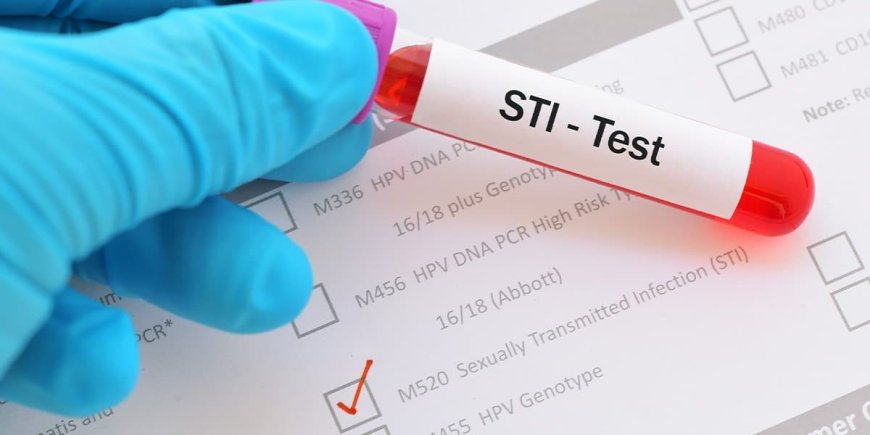How to Get Tested for STIs: A Step-by-Step Guide
Learn how to get tested for sexually transmitted infections (STIs) with this detailed step-by-step guide. Discover when to get tested, where to go, what to expect, and how to understand your results. Take control of your sexual health today!

Getting tested for sexually transmitted infections (STIs) is a crucial part of maintaining your sexual health and protecting both yourself and your partners. Many STIs can be asymptomatic, meaning you might not notice any symptoms even if you are infected. Therefore, regular testing is essential, especially if you have multiple partners, engage in unprotected sex, or are starting a new relationship. This guide will walk you through the process of STI testing step-by-step, helping you feel informed and empowered to take control of your sexual health.
Step 1: Recognize the Need for Testing
Knowing when to get tested is the first step. You should consider getting tested if you have symptoms like unusual discharge, pain during urination, sores, or itching. Additionally, routine testing is recommended if you have new or multiple sexual partners, have had unprotected sex, or if your partner has an STI. Testing is also advised during pregnancy to protect both mother and baby.
Step 2: Find a Testing Location
You can get tested at various places including your primary healthcare provider’s office, sexual health clinics, community health centers, or specialized STI testing centers. Many clinics offer free or low-cost testing and maintain confidentiality. Some places even provide at-home testing kits that allow you to collect samples in private and mail them for lab analysis.
Step 3: Schedule an Appointment or Walk-In
Depending on the clinic, you may need to schedule an appointment or you might be able to walk in. It’s helpful to call ahead to check hours, availability, and whether you need to fast or avoid certain activities before the test.
Step 4: Prepare for the Test
Before your appointment, avoid urinating for at least an hour, as some tests require a urine sample. Be honest with your healthcare provider about your sexual history, symptoms, and any concerns. This helps them recommend the most appropriate tests.
Step 5: Undergo the Testing
STI testing usually involves one or more of the following: a urine sample, blood test, swabs from the genital area, throat, or rectum, or physical examinations. The tests are generally quick and painless. The specific tests depend on the STIs being screened for and your sexual practices.
Step 6: Waiting for Results
The turnaround time for results varies; some rapid tests can give results within minutes, while others may take a few days to a week. Most clinics provide results confidentially by phone, online portals, or in person.
Step 7: Receiving and Understanding Your Results
If your results are negative, continue practicing safe sex and schedule regular testing as recommended. If positive, don’t panic. Many STIs are treatable or manageable with medication. Your healthcare provider will explain your diagnosis, treatment options, and steps to notify partners if necessary.
Step 8: Follow-Up and Treatment
Complete the full course of any prescribed medication and attend any follow-up appointments. Abstain from sexual activity until your healthcare provider confirms it is safe. Informing your sexual partners helps prevent further spread.
Step 9: Prevention Moving Forward
After testing, discuss prevention strategies with your healthcare provider. This may include using condoms consistently, getting vaccinated for HPV and hepatitis, and maintaining open communication with partners.
Remember, getting tested for STIs is a responsible and proactive choice. It helps you take control of your sexual health, reduces the risk of complications, and fosters trust and honesty in your relationships. Don’t hesitate to seek testing regularly—it’s a key part of living a healthy and empowered life.











